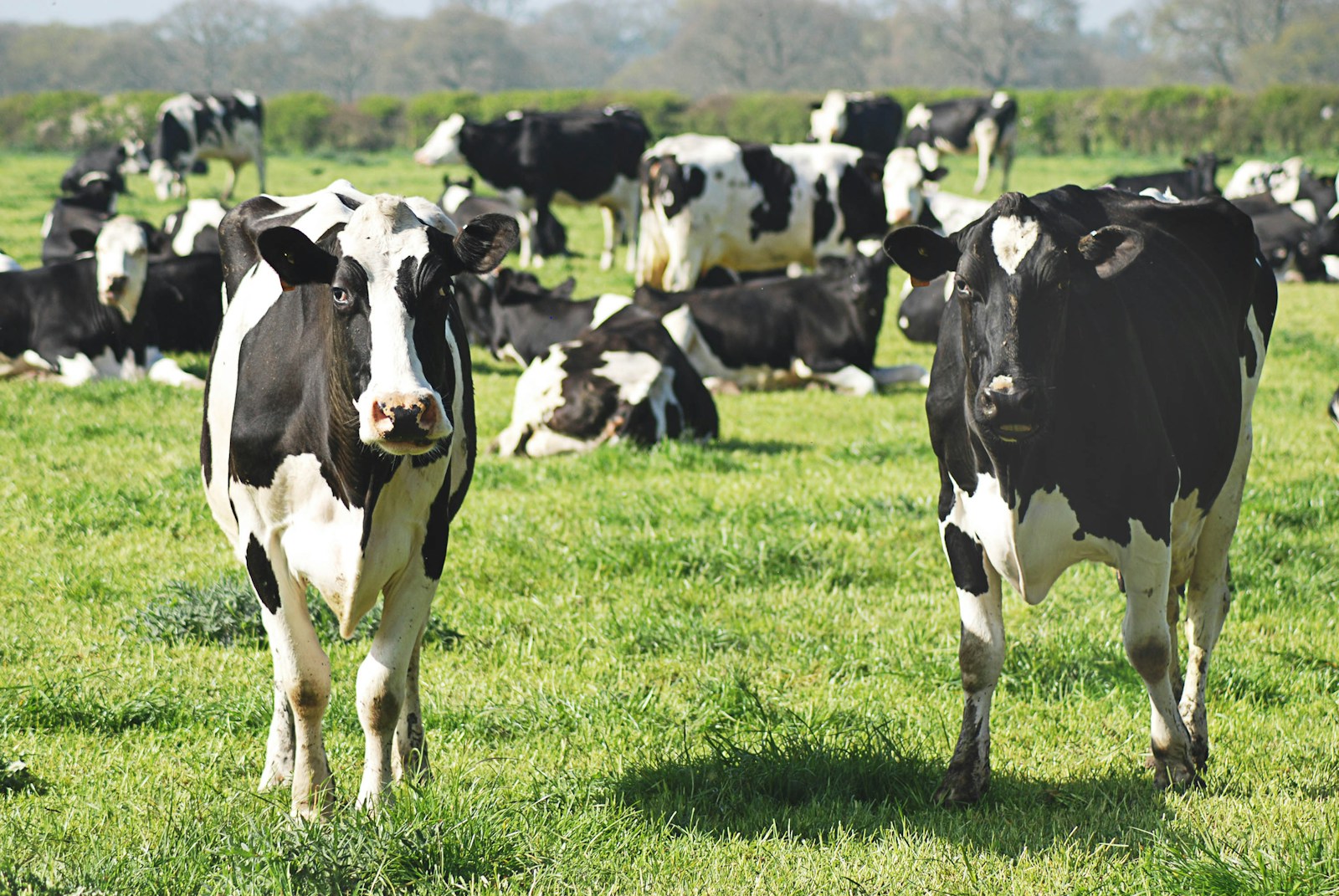
Photo by Monika Kubala on unsplash
USDA’s Cattle on Feed Numbers Stir Up Market Expectations
January 19, 2024
There have been some interesting developments from the most recent cattle market report from the United States Department of Agriculture (USDA). This report, which assessed data on Jan. 1, 2024, compared to the previous year, has been a central point of interest in the cattle market for the last few days. The on-feed numbers increased by 2% year over year, and there was a modest drop in cattle placements and a slight decline in marketing numbers throughout December.
The “Cattle on Feed” report, released monthly by the USDA, estimates the number of cattle fed for slaughter in commercial feedlots. This data, which includes cattle numbers, placements, and marketings, provides information about current and future beef supply, influencing market prices. It’s crucial for farmers, feedlot operators, and commodities investors for decision-making on production, marketing, and investment.
December saw a decrease in feedlot placements and marketings compared to 2022, with 1.7 million head and 1.73 million head, respectively. The net placements stood at 1.64 million head. Detailed placements by weight included:
- Less than 600 pounds: 440,000 head
- 600-699 pounds: 410,000 head
- 700-799 pounds: 380,000 head
- 800-899 pounds: 279,000 head
- 900-999 pounds: 110,000 head
- 1,000 pounds and greater: 85,000 head
To give you some perspective, the average estimate from analysts for cattle on feed at the start of this year was placed at 102.2% compared to last year’s figure, which would have put the total cattle on feed numbers at 11.94 million as of Jan. 1 compared to 11.6 million in January 2023.
A particularly notable aspect of the USDA report in recent months has been cattle placement numbers. This latest report follows suit. Despite a projected decrease in placements from last year, exactly how much of a decrease this will be is being closely watched, as it will have a significant impact on the market trend. An estimated 95.4% placement level equates to 1.72 million head, the lowest level since the August report. Placement numbers at this level will indicate the placement peak for the marketing year has come and gone. This sets the stage for a return to normal spring placement levels.
The January cattle feed report revealed:
- Actual USDA report for Jan. 1 on feed: 102%, compared to an average estimate of 102.2% within a range of 101.4% to 102.5%
- December placements as per USDA: 96%, against an average estimate of 95.4% within a range of 91.5% to 98.0%
- December marketings according to USDA: 99%, versus an average estimate of 99.2% within a range of 98.2% to 100.7%
Recent News
Tesla’s Supercharger Shake-Up Leaves Uncertainty
Tesla’s recent layoffs have raised questions about the future of its Supercharger network. With close to 500 workers cut, including key figures, Tesla’s move signals a significant shift in its charging strategy. This decision comes amidst CEO Elon Musk’s ongoing efforts to streamline operations.
Formula One Gets Boost in Miami Merchandise Sales
J.P. Morgan Payments steps up to manage transactions for Formula One merchandise during the Miami Grand Prix, on-site and online.
Vodka Introduces New Spirit From Outer Space
In the realm of spirits, innovation is often the key to standing out amidst a sea of familiar flavors. Enter Shooting Star Vodka, a groundbreaking concoction that defies convention with its infusion of a truly extraterrestrial ingredient: a meteorite discovered in 1977. This celestial addition has transformed the humble vodka into a cosmic elixir, promising drinkers a taste experience unlike any other.
Survey Reveals Britain’s Favorite Breakfast Cereal
When it comes to breakfast cereals in Britain, one particular brand has managed to carve out a niche for itself: Crunchy Nut corn flakes. Despite its high sugar content, this classic cereal has been dubbed Britain’s favorite, a title it has held for almost 50 years. Originating from the Kellogg’s factory in Trafford Park, Manchester, in 1980, these corn flakes, enhanced with honey, molasses, and peanuts, exceeded initial sales projections by threefold within the first three months.

